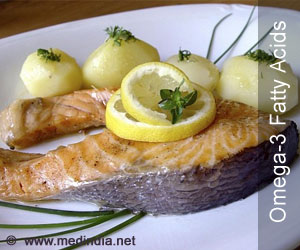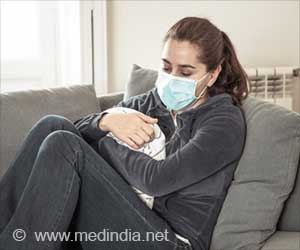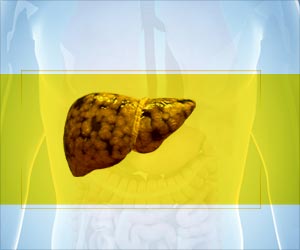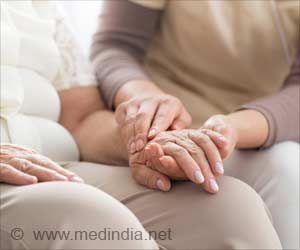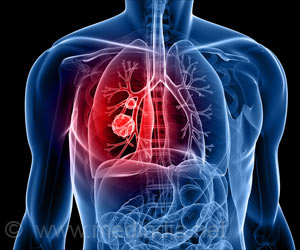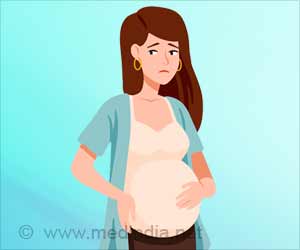For adults with eosinophilic esophagitis (EoE), dietary elimination is a successful method of treatment.
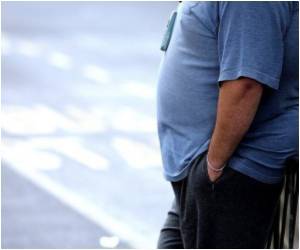
"By eliminating specific foods from patients' diets, symptoms improved in 71 percent of patients, and endoscopic appearance improved in 54 percent," said lead study author, W. Asher Wolf, MD, MPH, and co-author Evan S. Dellon, MD, MPH, from the division of gastroenterology and hepatology, University of North Carolina School of Medicine. "These strong results support dietary elimination therapy as an effective treatment for adults suffering from EoE."
Researchers conducted a retrospective cohort study using the University of North Carolina EoE database from 2006-2012. Subjects were 18 years of age or older and diagnosed with EoE based on consensus guidelines. The study analyzed two diet elimination plans. For the first therapy — targeted elimination — patients underwent evaluation with skin prick testing, and foods that had a positive reaction, as well as any foods identified by patient self-report as being possible triggers regardless of the severity of response, were eliminated. For the other diet prescribed — the six-food elimination diet — dairy, wheat, eggs, soy, nuts and seafood were eliminated from the patient's diet regardless of skin-prick test results.
Sixty-eight percent of patients who received targeted diet elimination experienced symptom improvement, compared with 78 percent of those who followed a six-food elimination diet plan. For those subjects who responded to six-food elimination diet, one food (or food group) was added back every six weeks, and endoscopy was repeated. Eggs and dairy were found to be the most common triggers, both impacting 44 percent of patients.
Importantly, because this study included patients who failed steroid therapy, the overall study population likely represents harder to treat EoE patients. The success of dietary elimination in this population indicates its utility for therapy in patients resistant to steroids.
Because EoE is an allergen/immune mediated condition, dietary elimination therapy has been extensively studied in children and is now a well-established modality in pediatric patients. Until recently, the utility of dietary elimination was unknown in adults. However, evidence is mounting; a June 2014 Gastroenterology meta-analysis2 reported that dietary interventions are effective in producing histologic remission in both pediatric and adult patients with EoE.
Advertisement
Further research should emphasize which factors can predict effective dietary therapy, to target therapy to patients most likely to respond.
Advertisement


